- Rock Juniper: A Guide to Planting and Care
- Planting Rock Juniper
- Caring for Rock Juniper
- Potential Issues with Rock Juniper
- Planting Rock Juniper
- Choosing the Right Variety of Rock Juniper
- Growth Habit
- Size
- Color
- Tolerance to Climate and Conditions
- Characteristics
- Availability
- Caring for Rock Juniper Plants
- 1. Watering
- 2. Soil
- 3. Sunlight
- 4. Pruning
- 5. Fertilization
- 6. Winter Care
- Watering and Fertilizing Rock Juniper
- Watering
- Fertilizing
- Pruning and Shaping Rock Juniper
- When to Prune
- Tools for Pruning
- Pruning Techniques
- Aftercare
- Common Pests and Diseases of Rock Juniper
- Pests
- Diseases
- Prevention and Control
- Rock Juniper Varieties: A Description of Popular Types
- 1. Blue Star Juniper (Juniperus squamata ‘Blue Star’)
- 2. Gold Lace Juniper (Juniperus chinensis ‘Gold Lace’)
- 3. Blue Rug Juniper (Juniperus horizontalis ‘Wiltonii’)
- 4. Spartan Juniper (Juniperus chinensis ‘Spartan’)
- 5. Old Gold Juniper (Juniperus x pfitzeriana ‘Old Gold’)
- Questions and Answers:
- What are the different varieties of Rock Juniper?
- What is the best location for planting Rock Juniper?
- How often should I water Rock Juniper?
- Can Rock Juniper be used for erosion control?
- How tall does Rock Juniper grow?
- How do I prune Rock Juniper?
- Videos: All About Groundcover Junipers – Erosion Control Planting On A Slope
Rock Juniper (Juniperus scopulorum) is a popular evergreen shrub that is valued for its attractive foliage and low-maintenance requirements. Native to the rocky mountain areas of the Western United States, rock juniper is well adapted to dry, harsh conditions and can thrive in a variety of soil types.
Planting and caring for rock juniper is relatively easy, making it a great choice for beginner gardeners or those looking to add visual interest to their landscape. When planting rock juniper, it is important to choose a location that receives full sun, as this plant requires at least six hours of direct sunlight each day. It is also important to select well-drained soil, as rock juniper is susceptible to root rot in overly wet conditions.
When planting rock juniper, dig a hole that is slightly larger than the root ball of the plant. Place the plant in the hole, making sure that the top of the root ball is level with the surrounding soil. Backfill the hole with soil, firming it gently around the roots. Water thoroughly after planting to settle the soil.
Once established, rock juniper requires minimal care. It is drought-tolerant and rarely requires additional watering. Pruning is generally not necessary, but can be done in early spring to shape the plant or remove any dead or damaged branches. Fertilizer is also not necessary, as rock juniper is adapted to nutrient-poor soils.
Rock juniper comes in a variety of cultivars and varieties, each with its own unique characteristics and growth habits. Some popular varieties include ‘Blue Arrow’, which has a narrow, columnar growth habit, ‘Gray Gleam’, which has silvery-blue foliage, and ‘Wichita Blue’, which has striking blue-green foliage. These varieties can add visual interest and texture to any landscape.
Rock Juniper: A Guide to Planting and Care
Planting Rock Juniper
Rock Juniper is a hardy evergreen shrub that is known for its ability to thrive in rocky, dry, and poor soil conditions. Here are the steps to plant Rock Juniper:
- Choose a suitable location for the plant. Rock Juniper prefers full sun but can tolerate some shade.
- Prepare the soil by removing any weeds or grass and loosening it to allow for proper root growth.
- Dig a hole that is slightly wider and deeper than the container or root ball of the plant.
- Place the Rock Juniper into the hole, ensuring that the top of the root ball is level with the surrounding soil.
- Backfill the hole with soil, firming it gently around the plant to eliminate air pockets.
- Water the newly planted Rock Juniper thoroughly to promote root establishment.
Caring for Rock Juniper
Once planted, Rock Juniper requires minimal care. Here are some tips to keep your Rock Juniper healthy:
- Water regularly during dry periods, especially during the first year of growth.
- Avoid overwatering as Rock Juniper prefers dry soil conditions.
- Apply a layer of mulch around the base of the plant to help retain moisture and suppress weed growth.
- Prune Rock Juniper in early spring to maintain its desired shape and size.
- Fertilizing is generally not necessary, but if desired, use a slow-release, balanced fertilizer in early spring.
Potential Issues with Rock Juniper
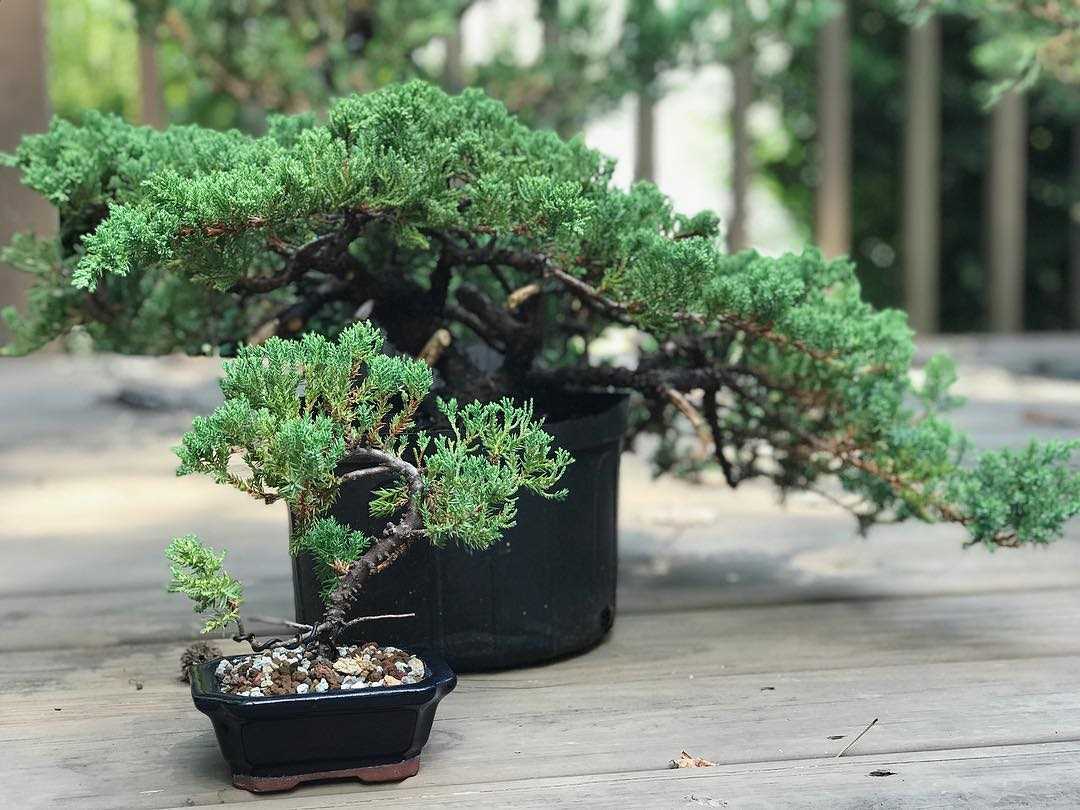
Rock Juniper is a resilient plant, but it can face some issues. Here are a few common problems and how to address them:
| Issue | Solution |
|---|---|
| Needle browning or discoloration | Ensure the plant is getting enough sunlight and water properly. Prune affected branches. |
| Spider mites or other pests | Inspect the plant regularly and use an appropriate pesticide if necessary. |
| Root rot | Improve drainage in the soil and avoid overwatering. |
By following these planting and care guidelines, you can enjoy the beauty and ruggedness of Rock Juniper in your garden or landscape.
Planting Rock Juniper
When planting rock juniper, it is important to choose a suitable location that meets the needs of this plant. Here are some important steps to consider:
- Site selection: Choose a well-drained area with full sun exposure. Rock junipers prefer sandy or loamy soil types.
- Soil preparation: Before planting, ensure the soil is free from weeds and other debris. Loosen the soil with a shovel or garden fork to improve drainage.
- Digging the hole: Dig a hole that is twice as wide and slightly deeper than the root ball of the rock juniper.
- Planting: Carefully place the rock juniper in the hole, making sure the top of the root ball is level with the surrounding soil. Backfill the hole with soil, gently firming it around the roots.
- Watering: After planting, water the rock juniper thoroughly to settle the soil and remove any air pockets. Provide regular watering during the first year to help establish the plant.
- Mulching: Apply a layer of organic mulch around the base of the plant to help conserve moisture and suppress weed growth.
- Maintenance: Prune as needed to maintain the desired shape and size of the rock juniper. Regularly monitor for any signs of pests or diseases and take appropriate action if necessary.
By following these planting steps and providing proper care, your rock juniper will thrive and add beauty to your landscape.
Choosing the Right Variety of Rock Juniper
When choosing a variety of rock juniper for your garden, it is important to consider several factors. Here are some things to keep in mind:
Growth Habit
Rock junipers come in a variety of growth habits, including low spreading forms, upright forms, and groundcovers. Consider how the plant will fit into your garden design and choose a variety that suits your needs.
Size
Make sure to consider the mature size of the juniper variety you are interested in. Some varieties can grow quite large and may not be suitable for smaller gardens. Measure the available space in your garden and choose a variety that fits well.
Color
Rock junipers come in a range of colors, including green, blue, silver, and gold. Consider the overall color scheme of your garden and choose a variety that complements it. Remember that some varieties may change color throughout the year, so take that into account as well.
Tolerance to Climate and Conditions
Check the hardiness zone recommendations for the rock juniper varieties you are considering. Ensure that the variety you choose is suitable for your climate. Additionally, consider the conditions in your garden, such as sun exposure and soil type, and choose a variety that will thrive in those conditions.
Characteristics
Take into account any specific characteristics of the rock juniper variety you are interested in. Some varieties may have unique features, such as interesting foliage texture or cone-like berries. Choose a variety that appeals to you and adds visual interest to your garden.
Availability
Finally, consider the availability of the rock juniper variety you want. Check with local nurseries or garden centers to see if they carry the variety or if it needs to be ordered. This will ensure that you can easily obtain the plants you need for your garden.
By considering these factors and doing some research, you can choose the right variety of rock juniper that will enhance your garden and thrive in your specific conditions.
Caring for Rock Juniper Plants
Rock juniper plants are hardy and low-maintenance, making them a popular choice for gardens and landscapes. To ensure the health and beauty of your rock juniper plants, follow these care tips:
1. Watering

- Water the plants deeply but infrequently.
- During the first year, water the plants regularly to establish a strong root system.
- After the first year, water only during dry periods or droughts.
- Allow the soil to dry between watering to prevent root rot.
2. Soil
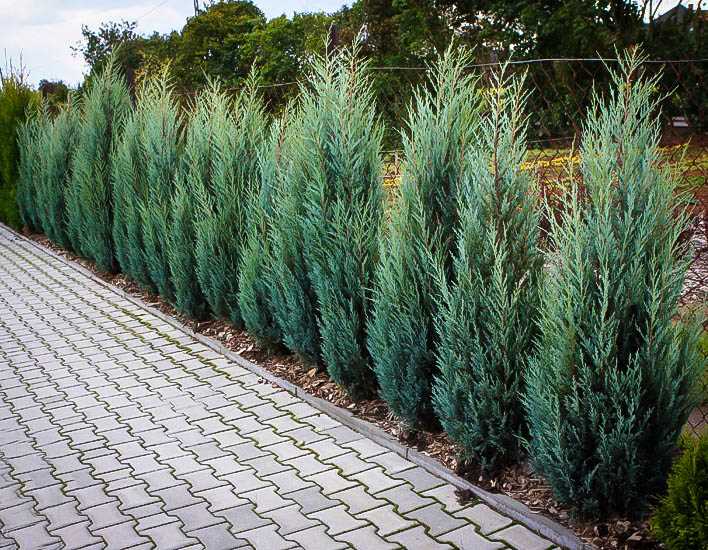
- Rock juniper plants prefer well-drained sandy or rocky soil.
- Ensure that the soil has good drainage to prevent waterlogging.
- It is advisable to amend the soil with organic matter before planting to improve drainage.
3. Sunlight
Rock juniper plants thrive in full sunlight. They require at least six hours of direct sunlight per day to grow well.
4. Pruning
- Prune rock juniper plants in late winter or early spring to maintain their shape.
- Remove any dead or damaged branches to promote healthy growth.
- Pruning can also be done to control the size of the plant and to remove any unwanted growth.
5. Fertilization
- Rock juniper plants generally do not require frequent fertilization.
- However, you can apply a slow-release fertilizer in early spring to provide essential nutrients.
- Follow the manufacturer’s instructions for the correct application rate.
6. Winter Care
- Rock juniper plants are cold-hardy and can withstand harsh winters.
- However, you can protect them from winter damage by applying a layer of mulch around the base of the plants.
- This will help insulate the soil and prevent frost heaving.
By following these care tips, you can enjoy healthy and vibrant rock juniper plants in your garden or landscape.
Watering and Fertilizing Rock Juniper
Proper watering and fertilizing are essential for the health and growth of rock juniper plants. Here are some guidelines to follow:
Watering
Rock junipers prefer well-drained soil, so it’s important not to overwater them. Here are some watering tips:
- Water newly planted rock junipers thoroughly after planting.
- Once established, water the plants deeply once every 1-2 weeks, depending on the weather and soil conditions.
- Allow the soil to dry out between waterings to prevent root rot.
- Avoid overhead watering to prevent foliage diseases. Instead, water at the base of the plant.
Fertilizing
Rock junipers do not require a lot of fertilization, but providing some nutrients can help promote healthy growth. Here are some fertilizing tips:
- Fertilize rock junipers in early spring before new growth begins.
- Use a slow-release granular fertilizer specifically formulated for evergreen shrubs.
- Follow the manufacturer’s instructions for application rates.
- Avoid overfertilizing, as this can lead to excessive growth and weak branches.
It’s important to note that different rock juniper varieties may have specific watering and fertilizing requirements. Always refer to the care instructions provided by the nursery or consult a gardening expert for specific guidance.
By following proper watering and fertilizing practices, you can ensure that your rock juniper plants thrive and add beauty to your landscape for years to come.
Pruning and Shaping Rock Juniper
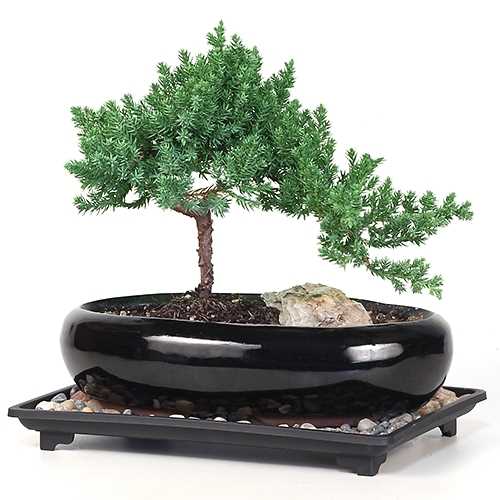
Pruning is an important aspect of maintaining the health and appearance of your rock juniper plant. Proper pruning techniques can help shape the plant and remove any dead or damaged branches.
When to Prune
The best time to prune your rock juniper is in the early spring before new growth begins. This allows the plant to heal any wounds and recover before the growing season starts.
Tools for Pruning
It is important to use the right tools when pruning your rock juniper to avoid damaging the plant. A pair of sharp pruning shears is ideal for cutting smaller branches, while loppers can be used for thicker branches.
Pruning Techniques
When pruning your rock juniper, there are a few techniques to keep in mind:
- Thinning: This involves selectively removing branches to improve air circulation and reduce the risk of disease. Remove any dead, damaged, or crossing branches.
- Shaping: Use pruning shears or loppers to shape the plant as desired. Keep in mind the natural growth habit of the rock juniper and prune accordingly.
- Pinching: Pinching the tips of the branches can encourage bushier growth and help maintain the desired shape.
Aftercare
After pruning your rock juniper, it is important to provide proper aftercare to ensure the plant’s health and recovery. Water the plant thoroughly and apply a layer of mulch around the base to help retain moisture and discourage weed growth.
| Pruning Tools | Techniques |
|---|---|
| Pruning shears | Thinning |
| Loppers | Shaping |
| Pinching |
By following proper pruning techniques and providing adequate aftercare, your rock juniper plant will thrive and continue to enhance your garden or landscape.
Common Pests and Diseases of Rock Juniper
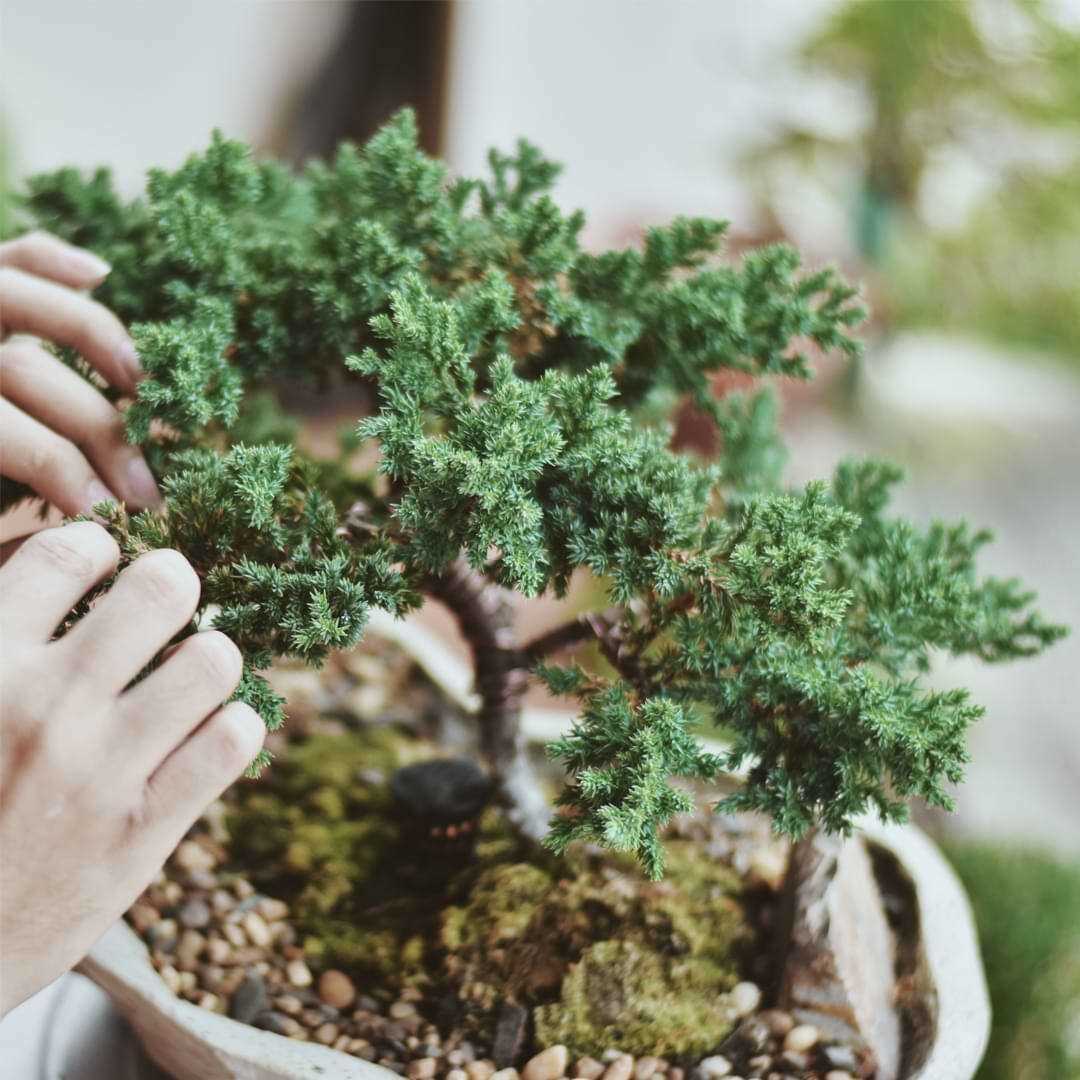
Pests
- Juniper Scale: This pest appears as white, waxy bumps on the foliage and stems of the rock juniper. It can cause discoloration and the deformation of the plant if left untreated.
- Spider Mites: These tiny insects can infest rock junipers, sucking sap from the foliage and causing discoloration and webbing.
- Aphids: Aphids are small insects that can be found on the new growth of rock junipers. They suck sap from the plant, causing wilting and distortion.
Diseases
- Phomopsis Blight: This fungal disease affects the branches of the rock juniper, causing them to turn brown or black. It can eventually lead to the death of the affected parts.
- Cedar Apple Rust: This disease is caused by a fungal pathogen that affects both juniper and apple trees. It appears as orange, gelatinous swellings on the foliage of the rock juniper and can cause defoliation if severe.
Prevention and Control
To prevent and control pests and diseases of rock juniper, the following measures can be taken:
- Regular Inspection: Regularly inspect the rock juniper for any signs of pests or diseases. Early detection can help in prompt treatment and prevention of further damage.
- Pruning: Prune any affected branches or plant parts to prevent the spread of pests and diseases. Ensure that pruning tools are properly disinfected to avoid contamination.
- Proper Watering: Avoid overwatering the rock juniper, as excess moisture can create a favorable environment for fungal diseases. Water the plant at the base to keep the foliage dry.
- Proper Planting: Plant the rock juniper in well-drained soil and provide it with adequate sunlight and air circulation to promote healthy growth and prevent fungal diseases.
- Natural Predators: Encourage the presence of natural predators, such as ladybugs and lacewings, which feed on common pests like aphids and spider mites.
| Pests | Diseases |
|---|---|
| Juniper Scale | Phomopsis Blight |
| Spider Mites | Cedar Apple Rust |
| Aphids |
Rock Juniper Varieties: A Description of Popular Types
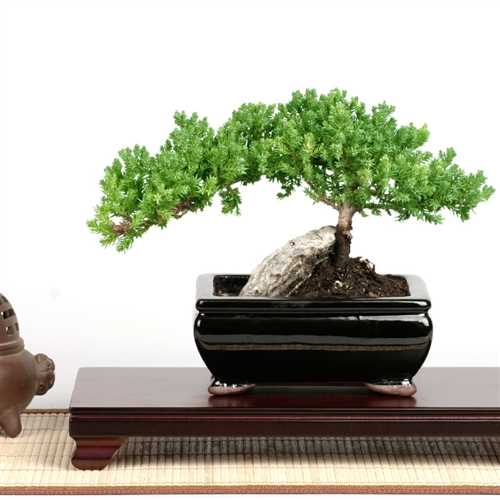
1. Blue Star Juniper (Juniperus squamata ‘Blue Star’)
The Blue Star Juniper is a compact evergreen shrub that features striking blue-green foliage and a dense, rounded form. It typically grows up to 2-3 feet tall and wide, making it an excellent choice for small gardens, rock gardens, or as a groundcover. The Blue Star Juniper requires full sun and well-drained soil, and it is relatively low-maintenance.
2. Gold Lace Juniper (Juniperus chinensis ‘Gold Lace’)
The Gold Lace Juniper is a stunning variety that has golden yellow foliage with green highlights. It has a low-growing, spreading form and can reach a height and width of 1-2 feet. This juniper is often used as a groundcover or for edging, and it adds bright color and texture to the landscape. The Gold Lace Juniper thrives in full sun and well-drained soil, and it is drought-tolerant.
3. Blue Rug Juniper (Juniperus horizontalis ‘Wiltonii’)
The Blue Rug Juniper is a popular groundcover juniper with a low, spreading habit. It forms a dense carpet of silvery-blue foliage and can reach a height of 6-8 inches, with a spread of 6-8 feet. This variety is highly tolerant of poor soil and drought, and it is often used to stabilize slopes or to cover rocky areas. The Blue Rug Juniper prefers full sun to partial shade.
4. Spartan Juniper (Juniperus chinensis ‘Spartan’)
The Spartan Juniper is a tall, narrow variety that can reach a height of 15-20 feet, with a spread of 3-5 feet. It has a pyramidal form and dense, dark green foliage. This juniper is commonly used for vertical accents, as a privacy screen, or as a windbreak. The Spartan Juniper is adaptable to various soil types and thrives in full sun.
5. Old Gold Juniper (Juniperus x pfitzeriana ‘Old Gold’)
The Old Gold Juniper is a compact, spreading shrub with attractive yellow-gold foliage that turns bronze in winter. It grows 1-2 feet tall and 4-6 feet wide, making it suitable for small gardens, rock gardens, or as a groundcover. This juniper requires full sun and well-drained soil, and it is resistant to many common diseases and pests.
| Variety | Growth Habit | Foliage Color | Height | Width | Uses |
|---|---|---|---|---|---|
| Blue Star Juniper | Compact, rounded | Blue-green | 2-3 feet | 2-3 feet | Small gardens, rock gardens, groundcover |
| Gold Lace Juniper | Low-growing, spreading | Golden yellow with green highlights | 1-2 feet | 1-2 feet | Groundcover, edging |
| Blue Rug Juniper | Spreading | Silvery-blue | 6-8 inches | 6-8 feet | Groundcover, stabilizing slopes |
| Spartan Juniper | Tall, narrow | Dark green | 15-20 feet | 3-5 feet | Vertical accents, privacy screen, windbreak |
| Old Gold Juniper | Compact, spreading | Yellow-gold (turns bronze in winter) | 1-2 feet | 4-6 feet | Small gardens, rock gardens, groundcover |
Questions and Answers:
What are the different varieties of Rock Juniper?
The different varieties of Rock Juniper include Blue Rug Juniper, Gold Coast Juniper, Blue Star Juniper, and Andorra Juniper.
What is the best location for planting Rock Juniper?
Rock Juniper thrives in full sun and well-drained soil, so the best location for planting would be in a sunny area with good drainage.
How often should I water Rock Juniper?
Rock Juniper is drought-tolerant and only needs watering during prolonged dry periods. Water deeply and allow the soil to dry before watering again.
Can Rock Juniper be used for erosion control?
Yes, Rock Juniper is an excellent choice for erosion control due to its dense growth habit and deep root system.
How tall does Rock Juniper grow?
The height of Rock Juniper varies depending on the variety, but most varieties have a mature height ranging from 6 inches to 2 feet.
How do I prune Rock Juniper?
To prune Rock Juniper, simply trim back any overgrown or unruly branches to maintain the desired shape. Avoid cutting into the bare wood as it may not regenerate.







